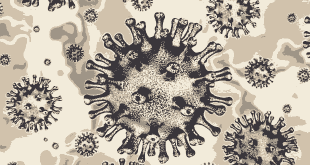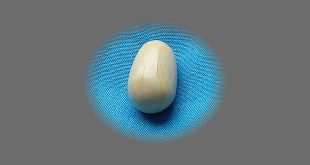 The art of plastination deals with preservation of organs, tissues and whole beings. Plastination, unlike preservation through formalin, involves a series of processes that replace the fluids in the tissues and organs by reactive plastics such as silicon rubber, epoxy resin and polyester resin, in a special vacuum process. This achieves the same objective as formalin, which is to prevent decay, and also retains the natural colour and texture of the specimen. Gunther von Hagens, research assistant at the Institute of Anatomy and Cellular Biology at the University of Heidelberg, in 1978, accidentally stumbled upon using plastics to preserve anatomical specimens.
The art of plastination deals with preservation of organs, tissues and whole beings. Plastination, unlike preservation through formalin, involves a series of processes that replace the fluids in the tissues and organs by reactive plastics such as silicon rubber, epoxy resin and polyester resin, in a special vacuum process. This achieves the same objective as formalin, which is to prevent decay, and also retains the natural colour and texture of the specimen. Gunther von Hagens, research assistant at the Institute of Anatomy and Cellular Biology at the University of Heidelberg, in 1978, accidentally stumbled upon using plastics to preserve anatomical specimens.
Check Also
National Cashew Day: Date, History, Significance, Facts & Quotes
National Cashew Day is celebrated annually on 23 November in the United States of America. …
 Kids Portal For Parents India Kids Network
Kids Portal For Parents India Kids Network






